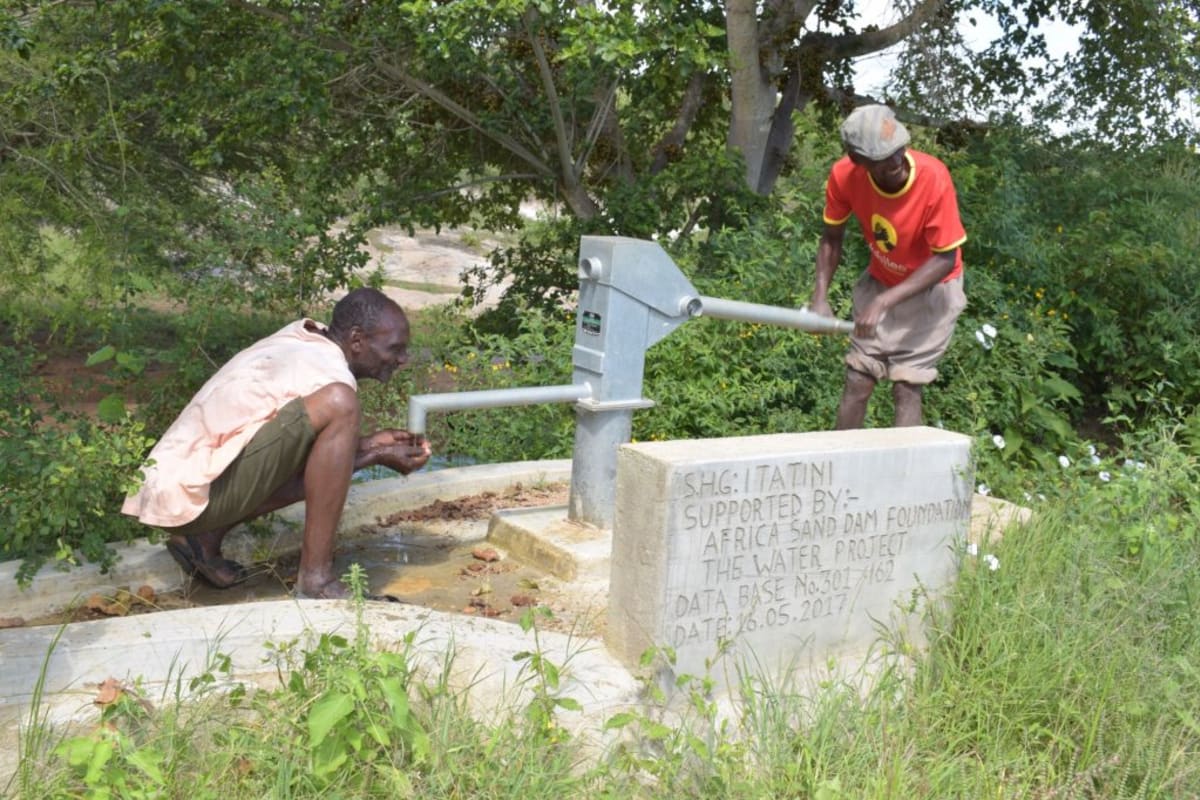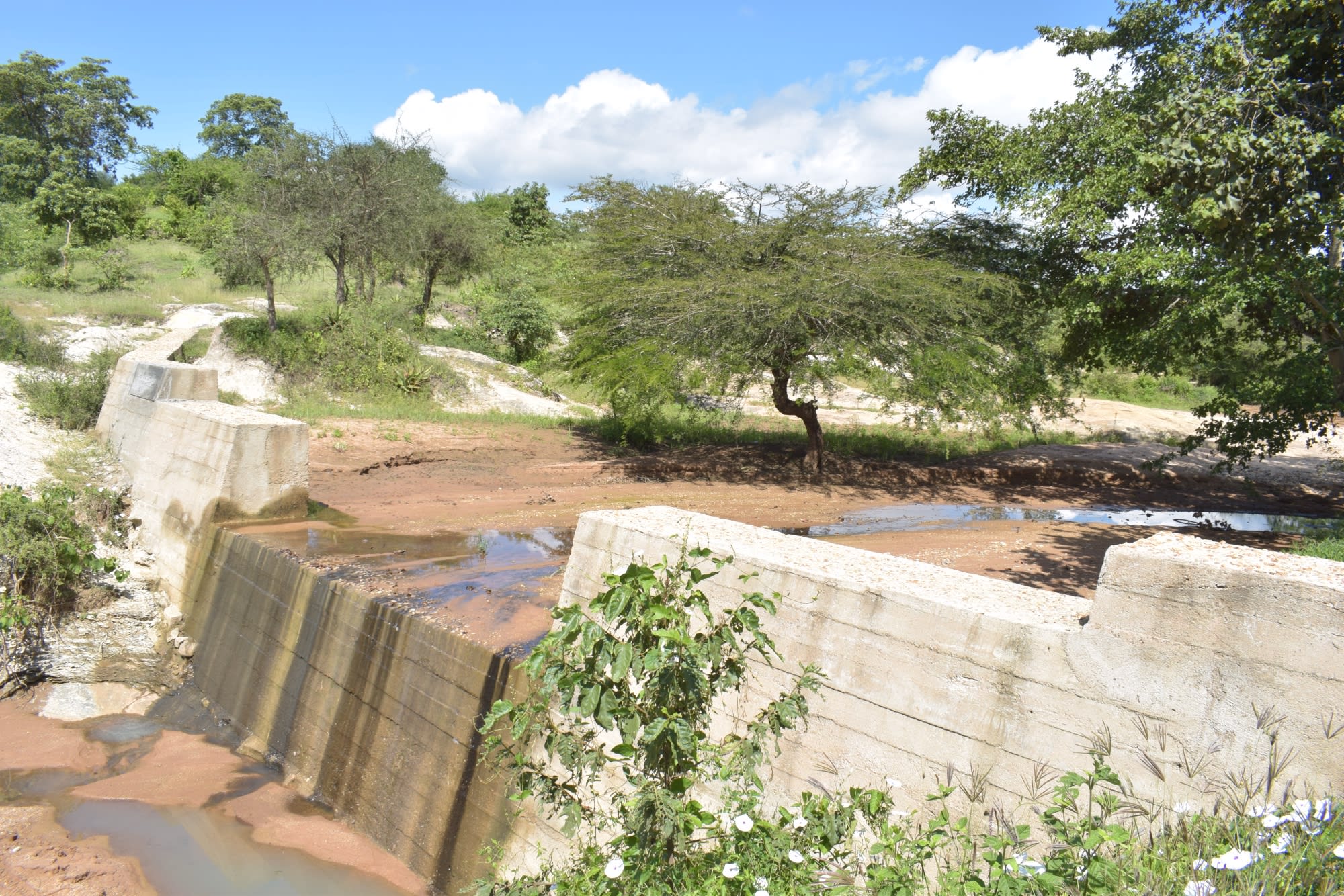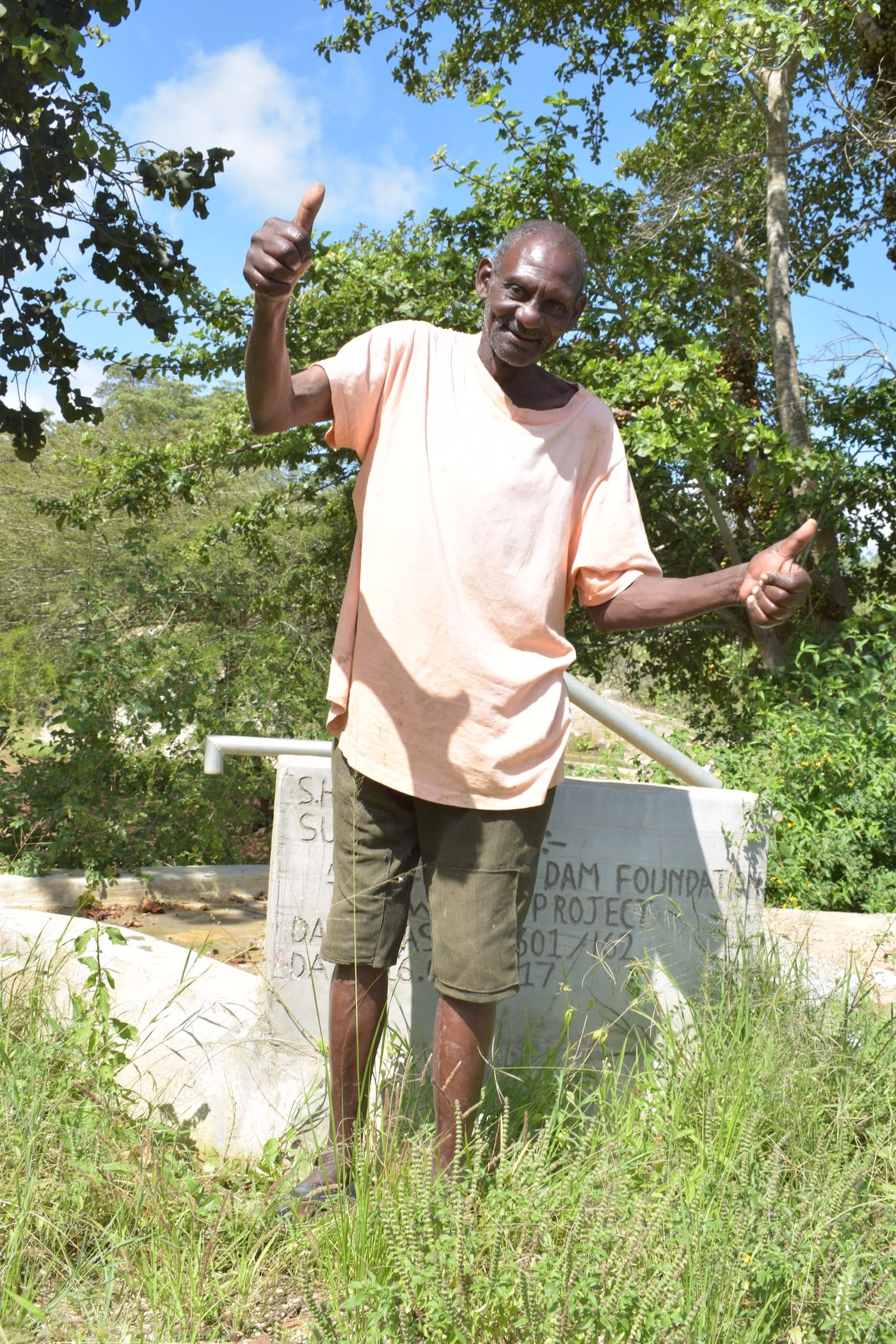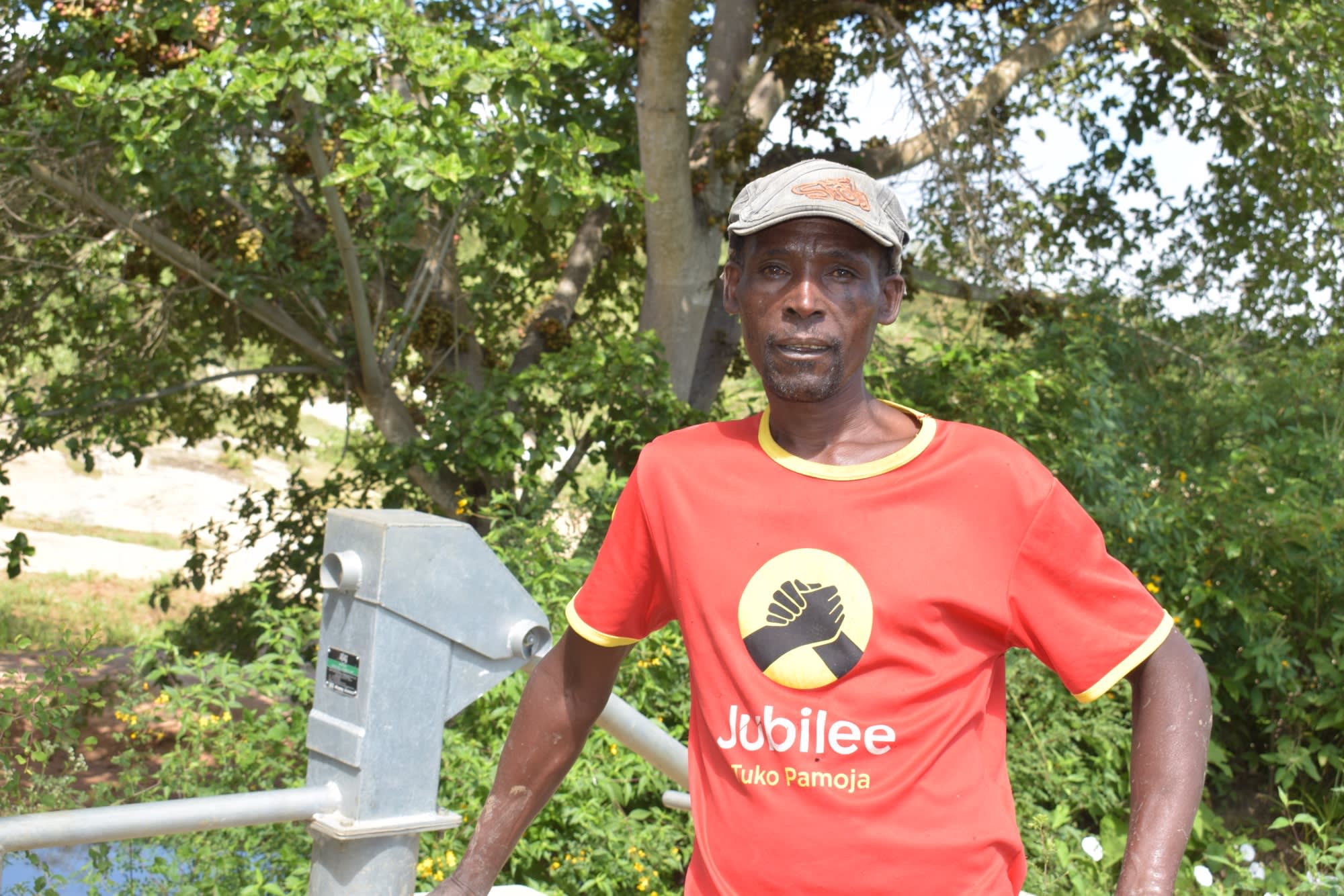This project is a part of our shared program with Africa Sand Dam Foundation. Our team is pleased to directly share the below report (edited for clarity, as needed).
Welcome to the Community
Itatini Self-Help Group was formed in the year 2012. It has a membership of 37, comprised of 22 females and 15 males. The average size of the members' households is five. 30% are 20-40 years old, while another third are of the ages 40-55 years. The final third are 55 and up. The members of this group come from three different villages: Mukimwani Village is home to 670 people; Kivani Village is home to 414; Katitu Village has 390. These villages are all in the Mukimwani sub-location, which has a population of 5,202.
(Editor's Note: While this many people may have access on any given day, realistically a single water source can only support a population of 350-500 people. That's why we've partnered with the Itatini Self-Help Group and ASDF to increase water access throughout this region. To learn more, click here.)
The main socioeconomic activities for this area are:
- Casual labor: 17% are hired to do household-related jobs, which are not frequently available. Job availability also depends on the season e.g. most casual labor happens during harvest time and planting season
- Professions: 10% are employed in different professions e.g. teachers
- Two thirds depend on farming
- The remainder operate small businesses
Just a few years ago, people living here had to walk hours to get water. After Itatini Self-Help Group stepped up to address water scarcity, and through their advocacy, new water sources have been installed along the seasonal river.
Water Situation
Sand dams transform dry river beds into oases. Itatini Self-Help Group is in their third year out of five meant to transform their villages and greater environments into fertile, healthy places where clean water is available.
They have two sand dam and well systems along the river that draw hundreds of beneficiaries. With the thousands relying on this river, the group will tackle yet another sand dam further down the riverbed.
Mule Wambua Nthitu is a 52-year-old farmer who travels to the first sand dam, and is also a member of the Itatini Self-Help Group. He's helped build all of the dams, and plans to help complete this third one. He is very happy about the new water sources they have. "We had lacked water for a long time, especially during dry periods. But we now have water for drinking and can sustain us during dry season. We have grown vegetables like tomatoes, sukuma wiki (kales), and spinach using the water from the sand dam. In the last season, we made 11,000 shillings from vegetable sales. We then used the money to purchase some construction materials for our second sand dam," he shared.
Sanitation Situation
100% of households trained through Itatini Self-Help Group have pit latrines. The majority have bathing shelters, hand-washing stations, dish racks and clotheslines. They have done fairly well implementing their action plan for hygiene and sanitation improvements, but can still benefit from the upcoming review training.
Plans: Hygiene and Sanitation Review
We will review hygiene and sanitation practices to help strengthen the weaknesses found during our staff's visits. Our trainers will continue to stress the importance of treating water before consuming it. We will also strengthen the committee in charge of water point management and maintenance, equipping them with the skills to ensure there’s clean water for generations to come.
We will review food preparation, personal hygiene, and compound hygiene.
The group members who have not yet constructed a hand-washing station will be reminded of its importance in preventing communicable diseases.
Plans: Sand Dam
The Itatini Self-Help Group has decided that this third sand dam and hand-dug well system should be constructed further down the river. This will reach group members living farthest away from the first and second projects. The third dam is warranted, as all of these villages need more than one water source to serve thousands. We estimate that the sand dam will be 53.85 meters long and 2.9 meters high.
As the sand dam matures, it will build up sand and naturally filter the river’s water and the rainwater supplied during the rainy season.
It will raise the water table and transform the land, making it fertile for farming. With the ongoing installation of a hand-dug well (click here to view that project), water from this sand dam will be safely used for drinking.

 Sand Dam
Sand Dam
 Rehabilitation Project
Rehabilitation Project




























